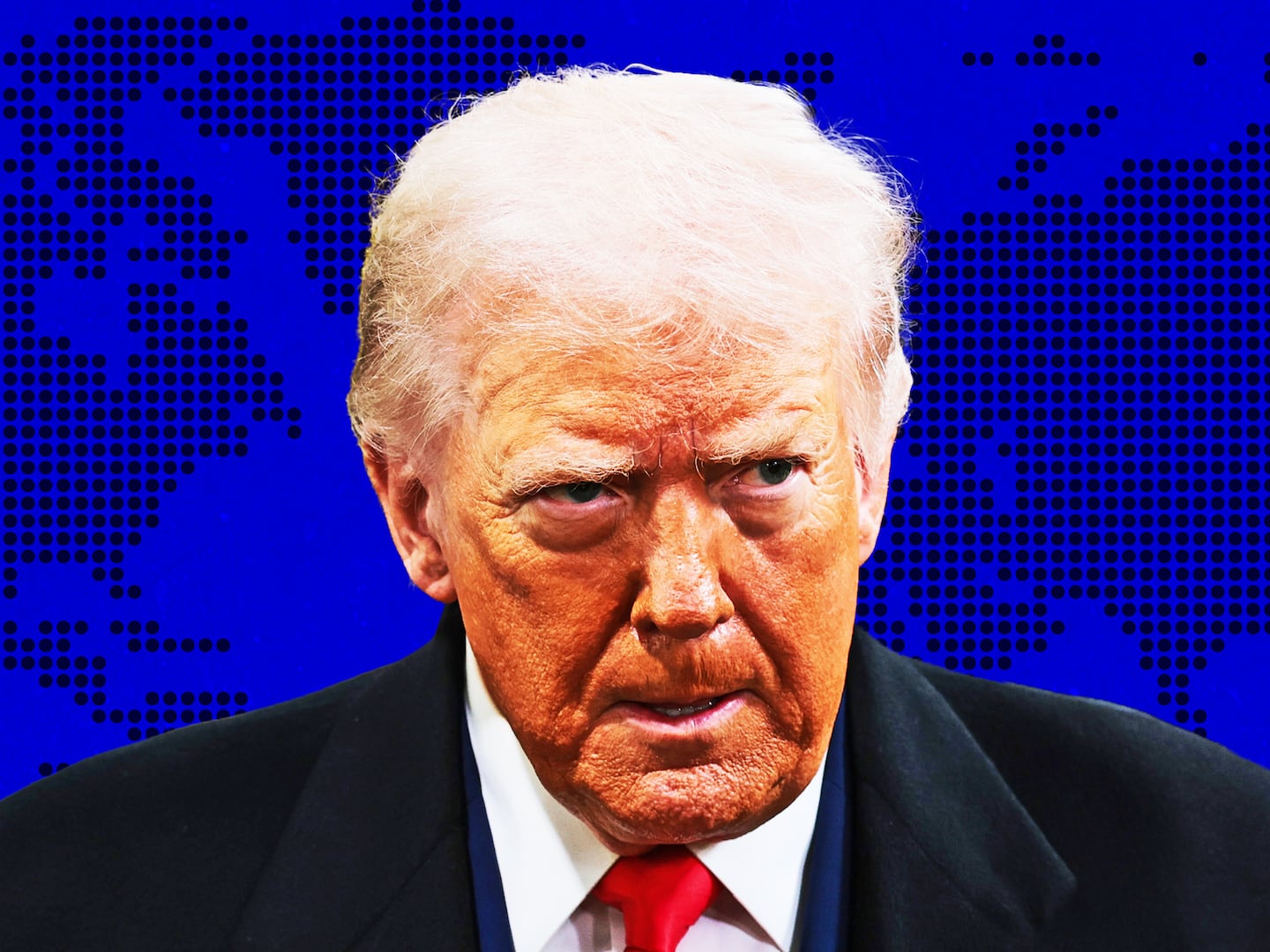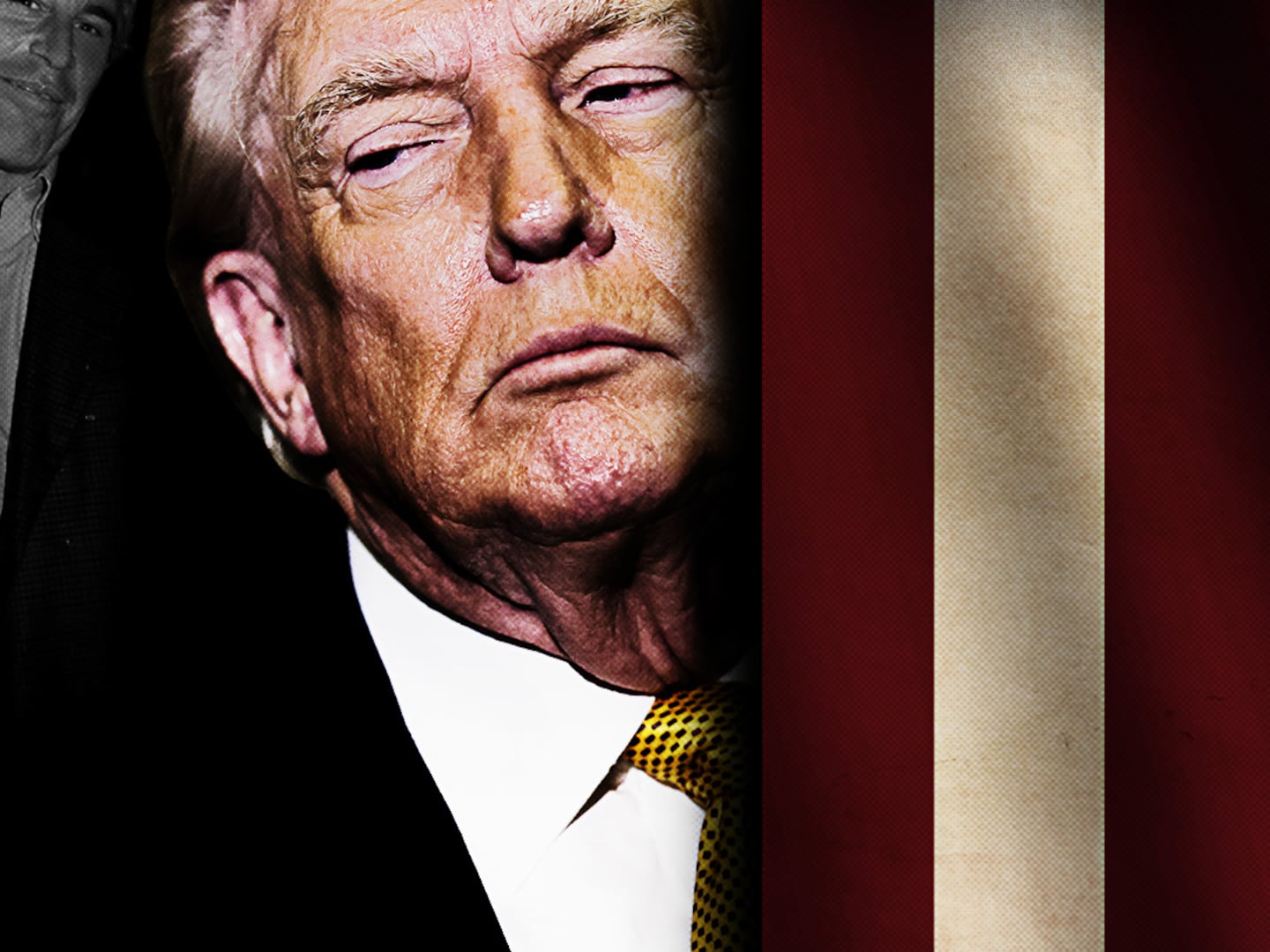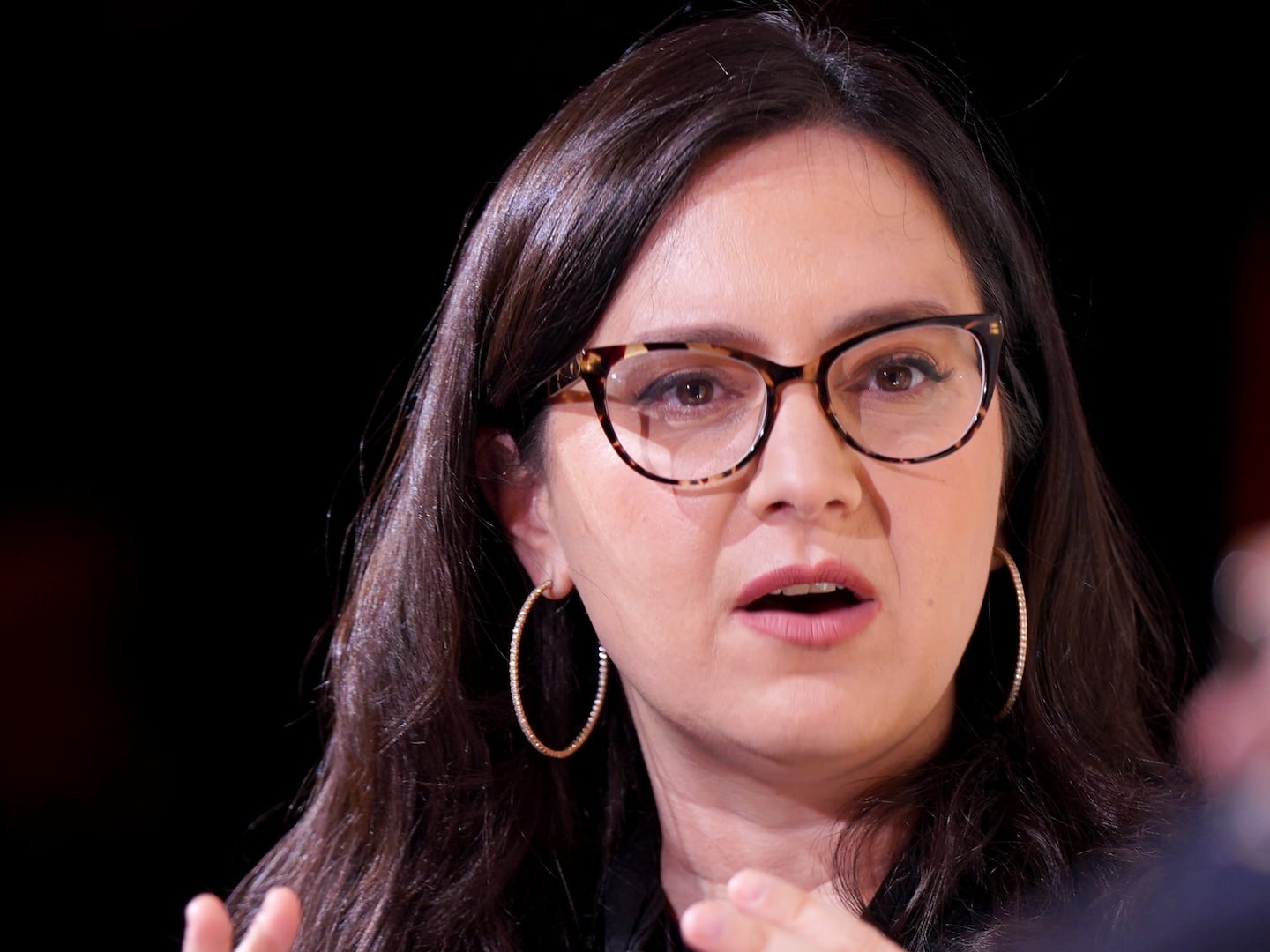“Don’t hold back. Show us your ideas.” U.S. officials say that’s the message President Barack Obama has sent his military commanders in the war against the so-called Islamic State. The administration is taking the gloves off after more than a year of reluctance to target the terrorist’s core infrastructure for fear of hitting civilians or risking the lives of American troops.
Two recent strikes on ISIS cash depots are examples of ideas the administration once considered too risky, and one of those attacks may have destroyed from half a billion to three-quarters of a billion dollars, two U.S. officials said Wednesday.
Faced with the virulence of the ISIS brand and the clock ticking down on Obama’s last term, administration officials are green-lighting aggressive proposals that have been languishing for years, and asking for more ideas to check the growth of ISIS from Syria to Libya and beyond, according to multiple U.S. defense officials.
They say the changes in tactics are still “incremental”—military commanders and intelligence chiefs alike are loath to put forward any sweeping proposals, like expanding the single new elite special operations and intelligence fusion cell in northern Iraq to four or five regional centers. But they say the Obama administration is at last leaning into the fight.
“You have to proceed in a way that incorporates partner feedback” from Iraq or other coalition members, a senior administration official told The Daily Beast on background. Another official, who also spoke on condition of anonymity, said the U.S. can’t ask for permission to dispatch more elite forces until it proves the worth of the ones it’s already sent.
Officials say the new aggressiveness is partly in response to the ISIS-directed and inspired attacks in Paris and San Bernadino, which showed ISIS’s violent influence was metastasizing faster than the administration expected.
At the same time, there is an eye to the Obama legacy. The president who wanted to be known as the commander in chief who decimated al Qaeda does not want to go down in history as having ceded the battlefield to al Qaeda’s successor, ISIS.
Toward that end, Secretary of Defense Ash Carter said in Paris last week that efforts to hit ISIS would intensify, even as he nagged coalition partners to up their effort.
Chairman of the Joint Chiefs of Staff Gen. Joseph Dunford told reporters that he may recommend embedding U.S. advisers with Iraqi units at remote bases to help recapture Mosul, and spoke of a possible military solution to the growing ISIS movement in Libya.
U.S. officials say that while a small band of U.S. intelligence officers and special operators move in and out of Libya, trying to forge local ties to fight ISIS, a more forward-leaning coalition of the U.S. and other Western countries must wait for the Libyans themselves to agree on a new government.
Previous targeting within Iraq and Syria had been limited mostly to identifiable ISIS checkpoints, safe houses in remote areas, or fighters on the move, which meant warplanes and drones were expending hundreds of thousands of dollars worth of ordnance to take out a truck or a shack.
Those types of strikes continue, but the success of a few risky calls has given the administration more confidence and given the Pentagon more room to maneuver. Among them: a special operations raid inside Syria last May and one to free ISIS prisoners inside Iraq in October, as well as the recent targeting of the ISIS oil infrastructure and cash reserves.
The May 2015 raid killed financier Abu Sayyaf but netted his wife and a Yazidi slave plus computers and documents that continue to help map the ISIS network. The later raid to free ISIS prisoners inside Iraq yielded still more intelligence.
That cleared the way to a proposal to base an elite special operations expeditionary task force in northern Iraq that was declared operational in December. It had taken six months from idea to deployment, which frustrated some military commanders and administration officials, but that’s light speed considering the Obama administration’s original reluctance to increase U.S. troop numbers.
Now multiple officials say the White House is encouraging military planners to widen the strike zone, even if it means catching civilians in the crossfire, and risking American troops’ lives.
“Our hands have been tied,” said one senior military official. “Now I think you’ll see a little more willingness to tolerate civilian casualties in the interest of making progress.”
They’re also more willing to risk sending U.S. special operations teams into Syria to capture more ISIS leaders alive for questioning by Kurdish and Iraqi forces, both to gather more intelligence and to make the ISIS leadership wonder what their captive comrades are sharing.
Another key to moving the Obama White House into fight mode has been the communications bridge built by Defense Secretary Carter between the administration, the Pentagon, and Central Command.
Carter may not have been the administration’s first choice, and he gets some knocks within the Pentagon for keeping policymaking to a very small group of his closest advisers, but military and intelligence officials say he has bridged the trust-and-comprehension gulf between the administration and military leaders.
“Carter plays a more active role than his predecessor. He’s made himself quite prominent in the ISIS fight,” said one senior military official. “He’s a detail guy. It’s been well received. There’s more clarity between Washington and the outstations.”
The recent strikes against ISIS cash depots are emblematic. Because of the potential for civilian casualties, Central Command sent the three possible cash depot targets to Carter for sign off. He sent requests for more information, and eventually okayed two of the strikes, one on Jan. 11 and the second last week, two U.S. officials said.
One of the two strikes hit the El Rafidayn Bank in Mosul, and destroyed up to three-quarters of a billion dollars, plus an estimated couple hundred pounds of gold, said the officials, speaking on condition of anonymity. The officials would not share the currency nor how military officials came up with the estimate, but acknowledged that U.S. intelligence had been studying ISIS’s communications after the strikes.
The third target remains untouched, but the bank strikes combined with targeting the oil infrastructure has produced a serious cash crunch. ISIS fighter morale has plummeted and foreign fighters are deserting because salaries have been halved, according to the two U.S. officials and a second senior administration official. ISIS has since moved much of the remaining cash to a hospital in Mosul, the officials said.
Carter hinted at more aggressive moves to come from the special operations Expeditionary Targeting Force or ETF, in comments to reporters as he traveled to Paris to ask coalition partners to step up their contributions.
“An ETF-like raid—the one that took down Abu Sayyaf, and also the one that freed 70 prisoners—they were both learning experiences for us,” he said. “The more you’re on the ground, the more you learn, and therefore the more opportunity you have.”
That’s the kind of raid that the man nominated to lead the ISIS fight at Central Command knows well. Gen. Joseph Votel once led the Joint Special Operations Command, which runs the ETF, responsible for counterterrorist raids like the ones that killed Osama bin Laden in 2011, and Abu Musab al Zarqawi, the leader of the ISIS precursor, al Qaeda in Iraq, in 2006.
In comments to The Daily Beast, Votel hinted at a sweeping, open-ended fight in Iraq, Syria and beyond.
“It’s more than taking their territory. It’s preventing their ability to govern, nullifying their message, taking away their resources, cutting off their foreign fighters,” Votel said.
“I don’t think you could put a time limit on it,” he added. “I certainly wouldn’t.”
He earlier told an audience of current and former special operations officials that he planned to get ahead of ISIS by beating them to the countries ripe for a militant-led uprising.
“I see opportunities for us to engage in the areas where ISIS is not established yet, where they don’t control terrain directly, but where there are disaffected populations where we can begin to get in and work with our partners,” Votel said at the National Defense Industry Association’s Special Operations and Low Intensity Conflict annual meeting in Washington. Special operations troops have already been working in small numbers in places like Somalia, Mali, and other remote parts of Africa—a vanguard effort that could be expanded.
Another top special operations official speaking at the conference, Michael Lumpkin, has been tapped to run the State Department’s information war against extremist groups including ISIS.
Former Navy SEAL Lumpkin was blunt in his critique of administration efforts to counter ISIS’s message so far, saying it “quite frankly, needs better direction and more resources.”
He said special operations’ brand of “speed and agility” would help find technologies to measure the impact of both ISIS’s message and the social media content pumped out to counter it. It was a blunt jab at the existing campaign, which has produced little content to combat ISIS’s 200,000-plus daily postings—and the content it has produced has been widely panned.
“The U.S. government is not always the most effective messenger to contest this propaganda,” he said. “The most credible voices come from across the region and within vulnerable communities.”
While the nominations of Votel and Lumpkin seem to go along with a more aggressive White House campaign overall, the fight against ISIS in Iraq and Syria is still not going fast enough for some officials.
They complain that capping the U.S. troops to less than 4,000 in Iraq, and relying on other coalition partners for other tasks to keep U.S. numbers down, creates an unwieldy patchwork of training and logistics.
“We’re slowly cooking the frog, instead of turning the heat up and boiling it alive,” one senior U.S. official said.
At least, they were. The temperature in 2016 may be heating up.
Nancy Youssef contributed reporting from Washington






